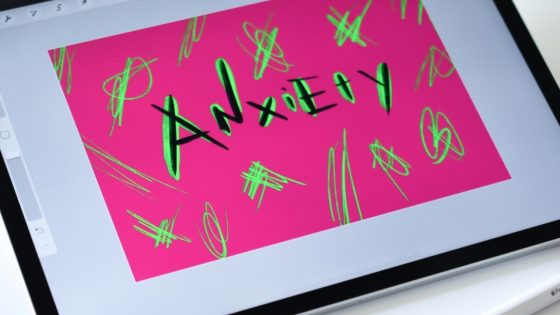Connected devices such as tablets and smartphones – along with other innovative platforms for students to learn from – have directly impacted the teaching and learning experience. A digital learning environment has proven itself to engage students with materials in a format that they have become used to in all other aspects of life. Supporting this digital experience needs to be seamless to avoid any disruptions. It is for this reason that our research found that over half of IT managers in schools believe poor Wi-Fi is holding back children’s digital learning. Furthermore, 41 per cent believe they have the Wi-Fi in place to underpin these technologies and offer a strong connected experience for students.
A good Wi-Fi connection is a crucial platform that serves to enable students and teachers to access the resources they need, make the most of new devices and assist the better running of schools by maintaining engagement in the classroom. Teachers are faced with the pressure of capturing and engaging the minds of children that vary in ability’ proving challenging to determine who is falling behind or who is disengaged and to support all of these students at the same time.
The use of technology can greatly diminish this problem. Various platforms connected by Wi-Fi can gather insights to better assess student capabilities and create personalised learning plans meaning students of different abilities can work with content and a curriculum that is exciting to them. It delivers the potential to keep the whole classroom engaged at the same time by reducing the frustration caused when students are not captivated by their work. This level of personalised learning has a direct impact on discipline and even attendance. If a student feels engaged, challenged and supported during lessons, they are less likely to want to cause disruption or even skip school altogether.
While some may think that increased use of technology and devices in the classroom may contribute to lower collaboration levels, the opposite is in fact true. Using connected devices mean students are more open to communicate with one another using the medium they like. They work better in teams and contribute to a project in groups. There are various applications now on offer to help build students’ communication skills and encourage them to work well as part of a team that can subsequently help forge better relationships between students.
Digital is something that students use and interact with every day and as such they use it to digest different types of content. To ensure this level of digestion is experienced in educational institutions, schools need to cater to this learning style to keep students engaged. To do this however means having the bandwidth to support this type of environment effectively.
With only a limited time in the classroom, poor access to online resources is hugely detrimental to learning. The internet offers a plethora of tools, platforms and learning resources for students but it can only supplement teaching plans if access to it is seamless.
The quality of the teaching experience directly impacts the learning experience. Teachers now have the opportunity to take advantage of new technologies to personalise their approach, keep disruption to a minimum and engage students, regardless of their learning speed.
Paul Hennin has been the senior director of International Marketing at Aerohive Networks since January 2013. He is responsible for demand generation, PR, AR and channel marketing across EMEA, Asia and ANZA. Hennin previously worked for Proofpoint, Fortinet and FilFree Networks and has built up an extensive knowledge in working for interesting and dynamic companies.






Leave a Reply